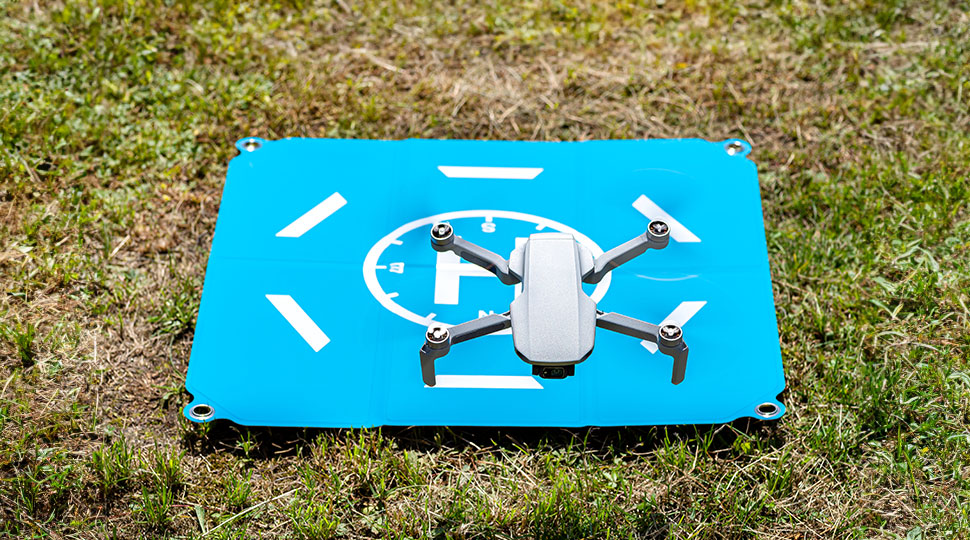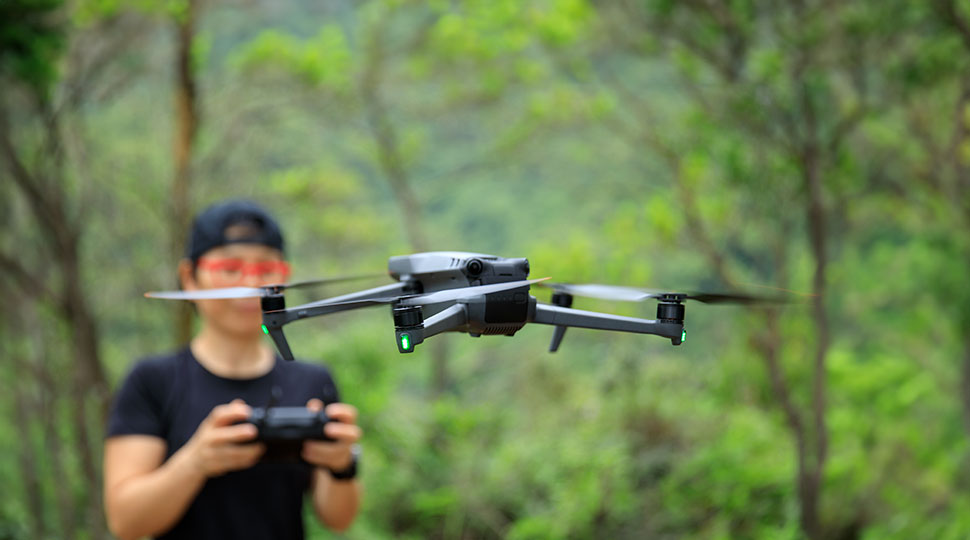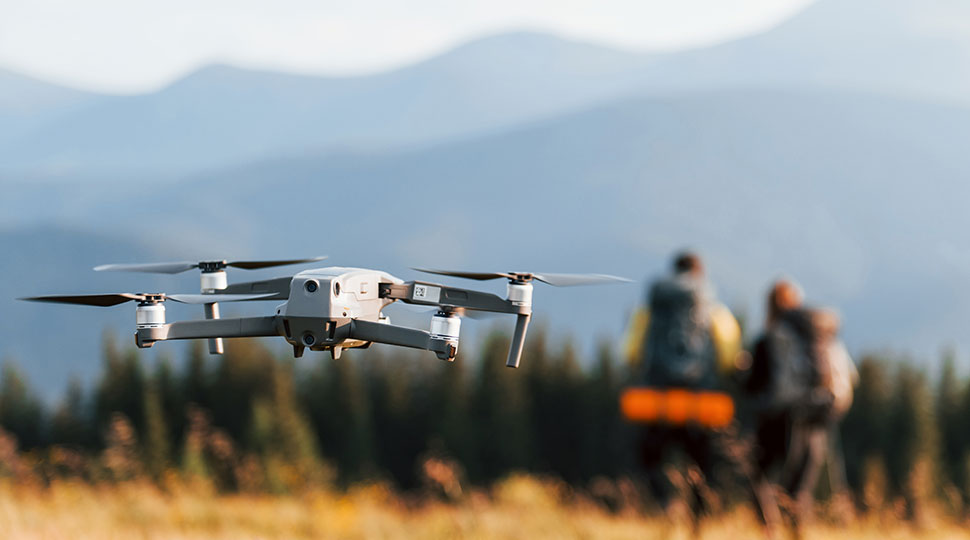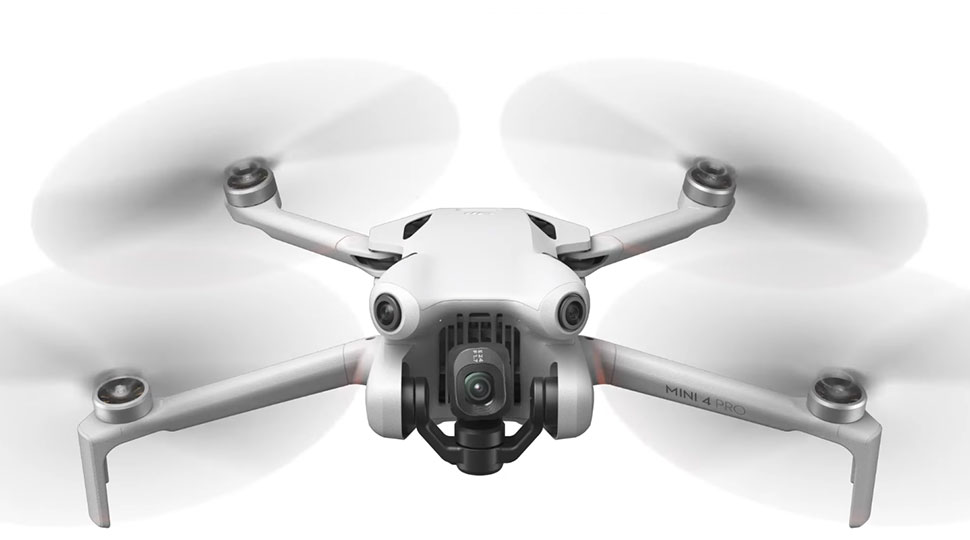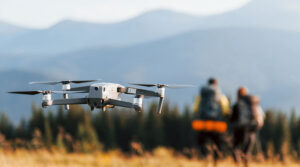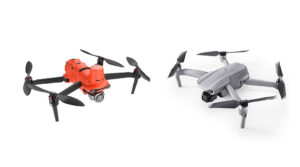As amphibious drones take to the skies, they’re also making waves in the world of underwater exploration and surveillance. These remarkable machines are capable of operating in both water and air, opening up new possibilities for researchers, scientists, and first responders alike.
Development of Amphibious Drones
Developing an amphibious drone that can seamlessly transition between water and air is no easy feat. It requires a deep understanding of aerodynamics, hydrodynamics, and materials science. Researchers have been working tirelessly to overcome the technical challenges, and recent advancements have brought us closer to making this technology a reality.
Imagine being able to design a machine that can effortlessly glide through the water, collecting data on marine life or detecting underwater hazards, before suddenly taking off into the air to transmit that information back to researchers or emergency responders. It’s a daunting task, but one that has captivated the imaginations of scientists and engineers for years.
One of the key breakthroughs has come in the form of advanced waterproofing technologies. These innovations allow drone manufacturers to design systems that can withstand the harsh conditions found underwater, such as high water pressure and corrosion. This means that amphibious drones can now spend extended periods of time submerged without compromising their performance or integrity.
But waterproofing is just one piece of the puzzle. Developing an amphibious drone also requires a deep understanding of fluid dynamics, allowing the machine to transition smoothly between air and water. It’s a complex problem, but one that has been tackled by researchers from around the world.
From the University of California, Los Angeles (UCLA), to the Massachusetts Institute of Technology (MIT), some of the world’s top research institutions are working on developing **amphibious drones**. These machines have the potential to revolutionize the way we explore and understand our oceans, and researchers are eager to see where this technology will take us.
Applications in Underwater Exploration, Surveillance, and Environmental Monitoring
So, what are some of the potential uses of amphibious drones? Let’s dive in (pun intended)!
Marine biology researchers have long been interested in studying marine life in its natural habitat. With amphibious drones, scientists can now explore depths that were previously inaccessible or require expensive and labor-intensive submersibles. Imagine being able to capture high-definition video footage of a school of fish swimming together, or observe the intricate dance of coral reefs.
Oceanography studies also stand to benefit greatly from amphibious drones. These machines can collect data on ocean currents, temperature, and salinity levels, providing valuable insights into global climate patterns and marine ecosystems. This information is crucial for predicting and mitigating the impacts of climate change on our oceans.
Search and rescue operations are another area where amphibious drones could make a significant difference. Imagine being able to deploy a drone to search for survivors in the aftermath of a shipwreck or hurricane, quickly and efficiently scanning large areas of water without putting human lives at risk.
Environmental monitoring is also an important application for amphibious drones. These machines can be equipped with sensors to detect oil spills, pollution, or other environmental hazards, providing real-time data that can inform emergency response efforts.
As researchers continue to develop and refine this technology, we can expect to see even more innovative applications emerge. Whether it’s studying the behavior of marine animals, monitoring ocean health, or responding to emergencies, amphibious drones are poised to make a significant impact on our understanding of the world and our ability to protect it.
Benefits and Advantages
So, what sets amphibious drones apart from traditional methods of underwater exploration and surveillance?
One major advantage is the cost savings. Amphibious drones can be designed to operate for extended periods of time on a single charge, reducing the need for frequent resupply or replacement. This makes them an attractive option for research institutions, government agencies, and private companies with limited budgets. Imagine being able to deploy a drone that can collect valuable data without breaking the bank!
Another benefit is the increased flexibility and maneuverability offered by amphibious drones. Unlike traditional submersibles, which are often bulky and difficult to navigate, amphibious drones can quickly change direction or altitude in response to changing environmental conditions. This allows for more precise data collection and a greater range of applications.
But the benefits don’t stop there.
Amphibious drones also offer increased safety and reduced risk for operators. Traditional submersibles require human pilots who must endure the harsh conditions found underwater, whereas amphibious drones can be operated remotely, reducing the need for human intervention in hazardous environments.
In addition, amphibious drones have the potential to revolutionize the way we conduct environmental monitoring and surveillance. With their ability to collect data on ocean currents, temperature, and salinity levels, these machines can provide valuable insights into global climate patterns and marine ecosystems.
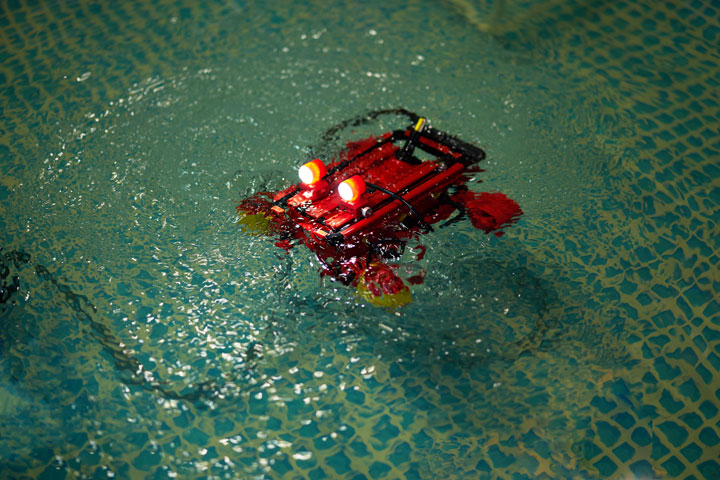
Challenges and Limitations
While amphibious drones show immense promise, there are still several challenges that need to be addressed before they become a mainstream tool for underwater exploration and surveillance.
One of the main hurdles is the development of more advanced waterproofing technologies. While recent breakthroughs have improved waterproofing capabilities, there is still much work to be done in this area. Imagine being able to design a machine that can withstand the harsh conditions found underwater without compromising its performance or integrity!
Another challenge lies in the complexity of operating amphibious drones. These machines require sophisticated software and hardware systems that can seamlessly transition between water and air. Developing these systems will necessitate collaboration across multiple disciplines, from engineering to biology to computer science.
But even with these challenges, researchers are making rapid progress. In recent years, there have been significant breakthroughs in waterproofing technologies, and advancements in sensor technology have enabled amphibious drones to collect more accurate and detailed data than ever before.
Cleared for Takeoff
As we look to the future of underwater exploration and surveillance, it’s clear that amphibious drones are poised to play a major role. These remarkable machines have the potential to revolutionize our understanding of the ocean and its many wonders, while also providing critical support for search and rescue operations and environmental monitoring efforts.
As research continues to push the boundaries of what is possible with amphibious drones, we can expect to see even more innovative applications emerge. Whether it’s studying marine life in unprecedented detail or responding to environmental disasters, these machines are sure to make a splash (pun intended again!).

